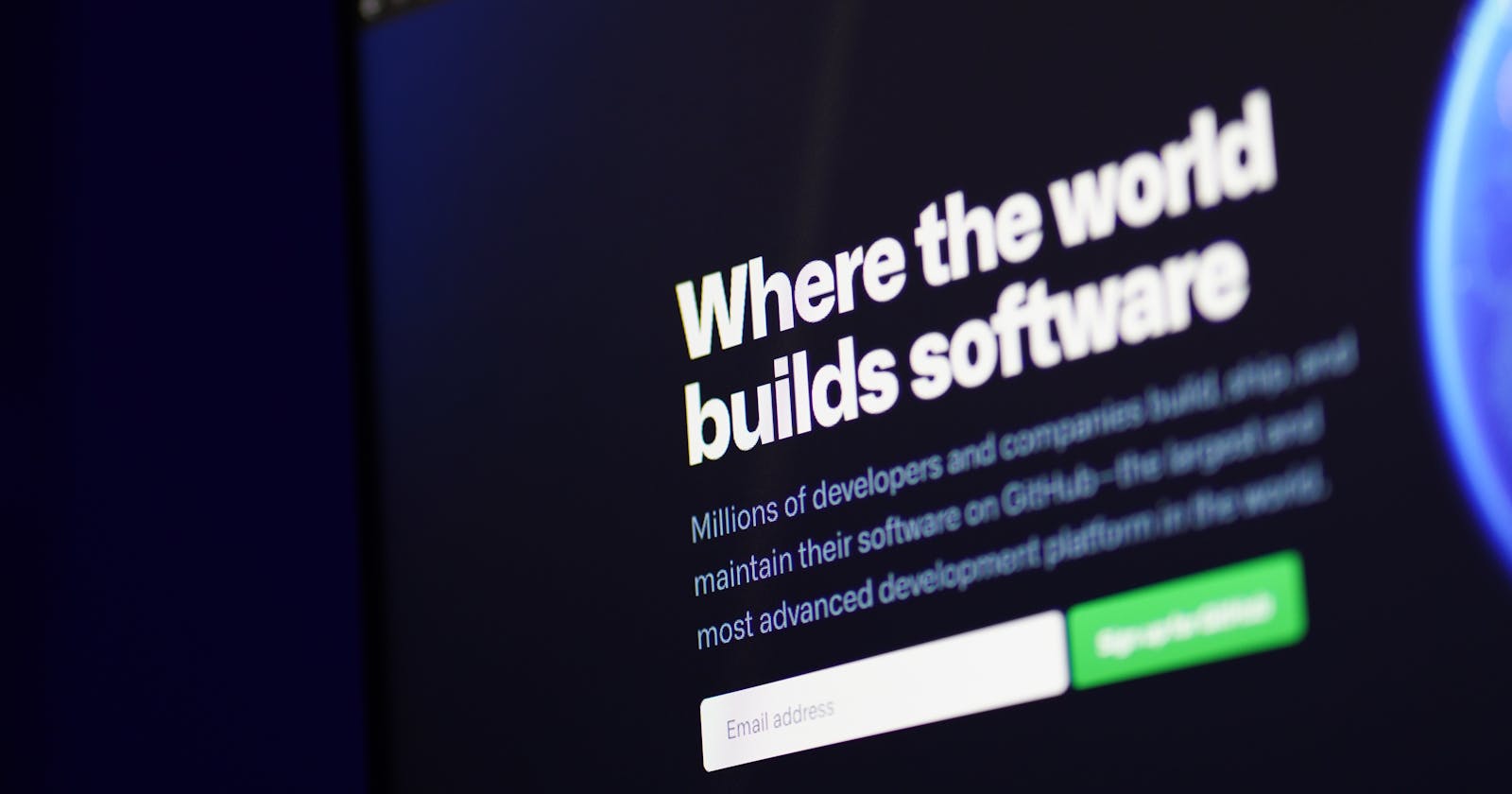Table of contents
Git is a version control system that is widely used for software development and other version control tasks. It was created by Linus Torvalds in 2005.
Git allows multiple developers to work on the same project simultaneously without interfering with each other's changes. It does this by keeping track of a history of changes made to the project, and allowing developers to submit their changes in the form of "commits". Commits are like snapshots of the project at a certain point in time, and they can be thought of as a series of patches that build up the final product.
Git also allows developers to work on multiple branches of a project at the same time. A branch is a parallel version of the project that allows developers to make changes without affecting the main version of the project. This allows for experimentation and testing, and it makes it easy to merge changes back into the main version of the project when they are ready.
One of the key features of Git is that it is distributed. This means that there is no central repository that all developers need to connect to. Instead, each developer has a copy of the entire repository on their machine, and changes are exchanged between developers via a process called "pulling" and "pushing".
Git also has several useful tools for working with other developers and for automating common tasks. For example, it has built-in support for code review, and it can be integrated with a variety of other tools, such as issue trackers and continuous integration systems.
Overall, Git is a powerful and versatile tool that has become an essential part of the modern software development workflow. It makes it easy for developers to collaborate and work together on complex projects, and it allows for efficient and effective management of the development process.
Git Commands
git init - Initialize a new git repository
git clone - Clone an existing repository to a local machine
git add - Add changes to the staging area
git commit - Commit changes to the repository
git push - Push commits to a remote repository
git pull - Fetch and merge changes from a remote repository
git merge - Merge one branch into another
git status - Check the status of the repository
git log - View the commit history of the repository.
git branch - List, create or delete branches
git diff: Shows the differences between the current version of the files and the last committed version.
In the next blog post we will create a repository and get used to the git workflow
